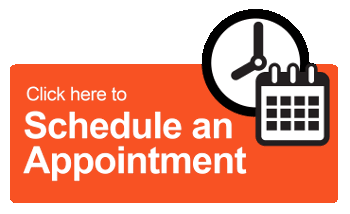A storm can wreak havoc on our homes, and one of the vulnerable areas is the HVAC (Heating, Ventilation, and Air Conditioning) system. When storm damage affects your HVAC, it’s important to take prompt action to ensure the safety of your home, prevent further damage, and restore comfort. This article will guide you through the steps to take if your HVAC system suffers storm damage.
Once The Storm Has Passed, Assess the Situation
After a storm, the first step is to assess the damage to your HVAC system. Start by visually inspecting the unit and its components. Look for obvious signs of damage, such as fallen branches, debris, or physical impact. Check the outdoor unit for dents, bent fins, or disconnected pipes. Also, inspect the indoor components, including ductwork and vents. If you notice any damage or suspect an issue, it’s crucial to turn off the power to the HVAC system before proceeding.
Document the Damage
Documenting the damage is essential for insurance purposes. Take clear photographs of the affected areas, capturing any visible damage from multiple angles. Additionally, make detailed notes about the extent of the damage. This documentation will assist you when filing an insurance claim to ensure you receive the appropriate coverage for repairs or replacements.
Contact a Professional HVAC Technician
Storm damage to an HVAC system should be handled by a qualified HVAC technician. Contact a licensed professional who specializes in HVAC repair and explain the situation. Describe the damage and provide any relevant information. A skilled technician will assess the damage comprehensively, including both visible and potential internal issues. They will advise you on the best course of action and provide an estimate for repairs or replacements.
Temporary Measures
While waiting for the HVAC technician to arrive, you can take some temporary measures to mitigate further damage and maintain indoor comfort. If the outdoor unit is exposed to the elements, cover it with a tarp or waterproof material to prevent rain or debris from entering. If there are leaks or water damage inside, place buckets or towels to collect the water. However, avoid tampering with electrical components or attempting repairs yourself, as this can be dangerous and potentially worsen the damage.
Insurance Claims
Contact your insurance company as soon as possible to initiate the claims process. Provide them with the documentation you gathered, including photos and notes. Follow their instructions regarding the required forms and procedures. Be prepared to answer any questions they may have. It’s important to keep detailed records of all communication with the insurance company for future reference.
Contact Florida’s HVAC Storm Damage Experts
When your HVAC system suffers storm damage, it’s crucial to act promptly and follow the necessary steps. Assess the damage, document it thoroughly, and contact a professional HVAC technician to evaluate and repair the system. Take temporary measures to prevent further damage while waiting for the technician. Finally, contact your insurance company to initiate the claims process. By following these steps, you can ensure the safety of your home, protect your HVAC system, and restore comfort efficiently after storm damage.
For professional storm damage HVAC repairs, trust the experts at Velocity Air Conditioning. Our experienced team of HVAC installers and technicians is ready to restore your system to its peak performance. Don’t wait! Contact Velocity Air Conditioning today for a swift response, reliable service, and a comfortable home. Let us handle your storm damage worries and ensure your HVAC system gets back on track. Call us now or visit our website to schedule an appointment. Experience the Velocity difference and enjoy peace of mind with our top-notch HVAC repair services.








